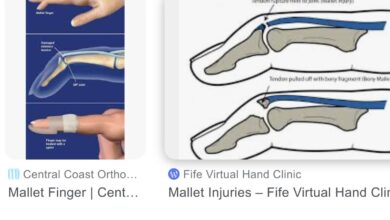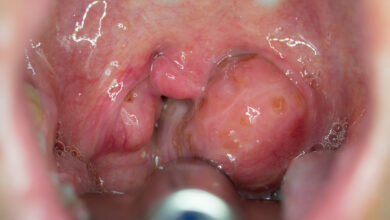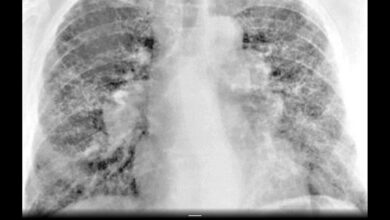FLESH-EATING BACTERIA? WHAT A HORRIBLE THOUGHT!

The Centers for Disease Control and Prevention (CDC) last Friday issued a national alert to health care professionals about a “rare, flesh-eating bacteria” that has taken the lives of at least 13 people on the east coast of the U.S. The bacteria in question is a naturally-occurring bacterium commonly found in warm, low-saline/brackish waters all over the world. It has reared its head along the Atlantic seaboard. People get sick from eating raw or undercooked seafood or simply by swimming in waters infested with the bacterium. It enters the body through an open wound such as a body piercing or minor cut or abrasion. When ingested, it is responsible for over 95% of seafood-related deaths in the U.S.
The bacterium, called Vibrio Vulnificus, invades the GI tract, or an open wound in the skin, and begins the flesh-eating process. This potentially devastating condition is called Necrotizing Fasciitis. Our newly-identified bacterium with the strange name, unfortunately, is not the only bacterium that causes necrotizing fasciitis. Our centuries-old friend, Group A Streptococcus, commonly known for causing strep throat and impetigo, has another strain called Streptococcus pyogenes which has been associated with necrotizing fasciitis.
Flesh-eating bacteria have the ability to invade the skin through open wounds. Once in the wound they easily invade the tissues under the skin and those surrounding muscle and body organs. The invaded tissues are destroyed by the necrotizing (flesh/tissue eating/killing) effect. If the infected wound is on an extremity, severe cases can lead to amputation. The infected person becomes septic (bacteria invade the blood circulation and spread all over the body) and may possibly die. Thirteen already have.
Anyone can get a Vibrio infection. The CDC reported in 2010, on average there were about 9000 to 11,500 people with group A strep infections. Of those, 74 people had necrotizing fasciitis. Vibrio vulnificus is a new bacterium associated with this major complication, and the large area where it could possibly live, makes me not want to swim in the ocean anywhere in the world. I never liked the feel of dried salt water on my skin anyway. This is just another reason to stay out of the water when you go to the beach. Sharks are quite often visible to swimmers, but Vibrio vulnificus is not!
Vibrio vulnificus has the “highest case fatality rate of any food borne pathogen….at risk persons include those with liver diseases, diabetes, and immune disorders…infections are extremely rapid with incubation periods averaging only 16 hours for wound infections and 26 hours for sepsis.” About 1 in 5 patients with V vulnificus die from the infection often within 1-2 days of becoming sick. The case fatality rate is in the same category as anthrax, bubonic plague, and Ebola. That certainly puts its seriousness into perspective.
Prevention is the best treatment and avoidance of both eating undercooked seafood and exposure of skin wounds to brackish water is recommended. Treatment is intravenous antibiotics started ASAP. Dead tissue must be surgically removed (debrided) or the infection will never clear and the patient won’t get well. As mentioned above, V vulnificus infections can lead to amputation an death, but the sooner one seeks medical care the better the outcome.
While this CDC warning won’t affect residents of Indiana or Arizona, it might if you vacation, or spend the winter, near the ocean. Awareness, vigilance, and common sense will keep us safe from this bacterium. Cook your seafood and don’t swim if you have an un-healed wound.
References: https://www.cdc.gov/vibrio/wounds.html
AAFP Family Medicine Today: CDC warns Health Care Professionals About Increase in Vibrio Vulnificus Infections 2023 September 5.
Baker-Austin C, Oliver JD. Vibrio vulnificus: new insights into a deadly opportunistic pathogen Environ Microbiol 2018 Feb;20(2):423-430.




